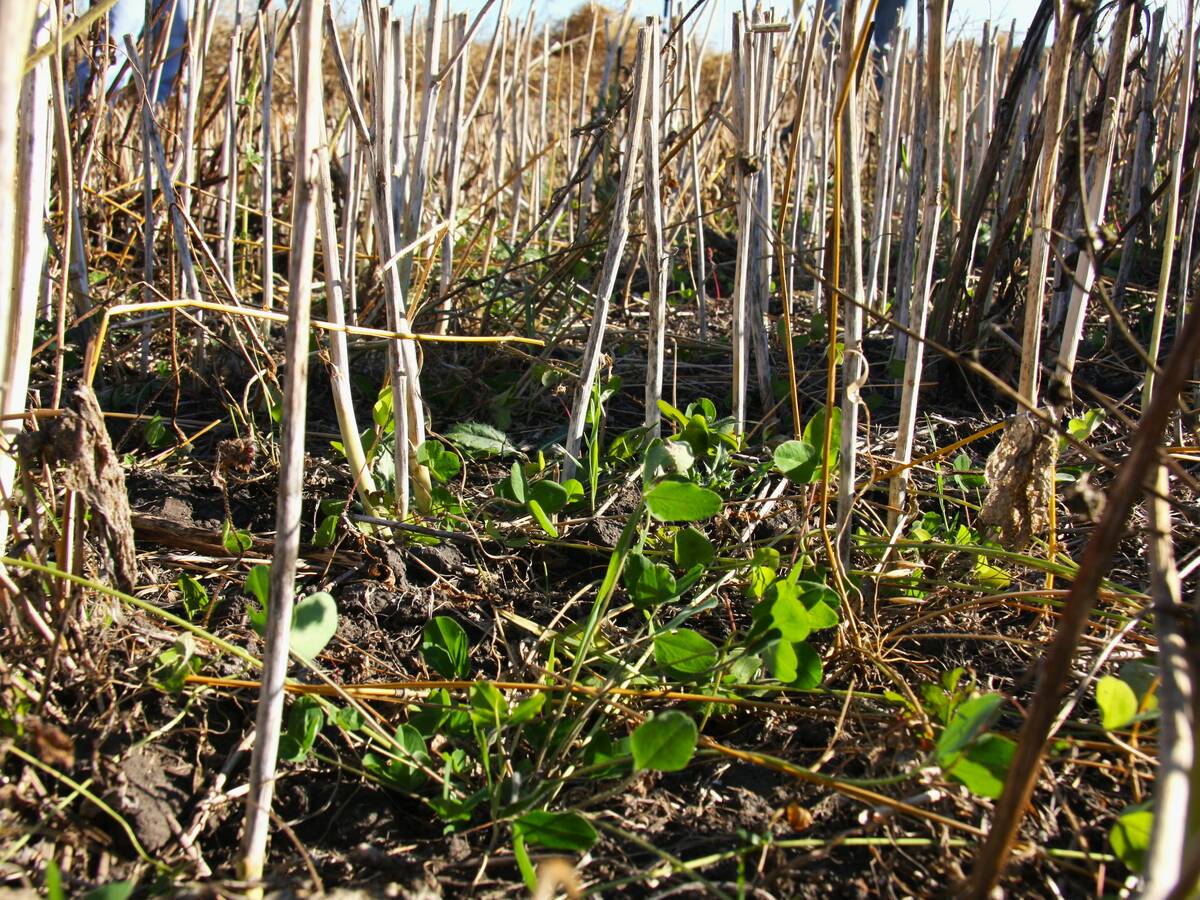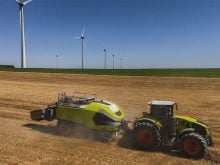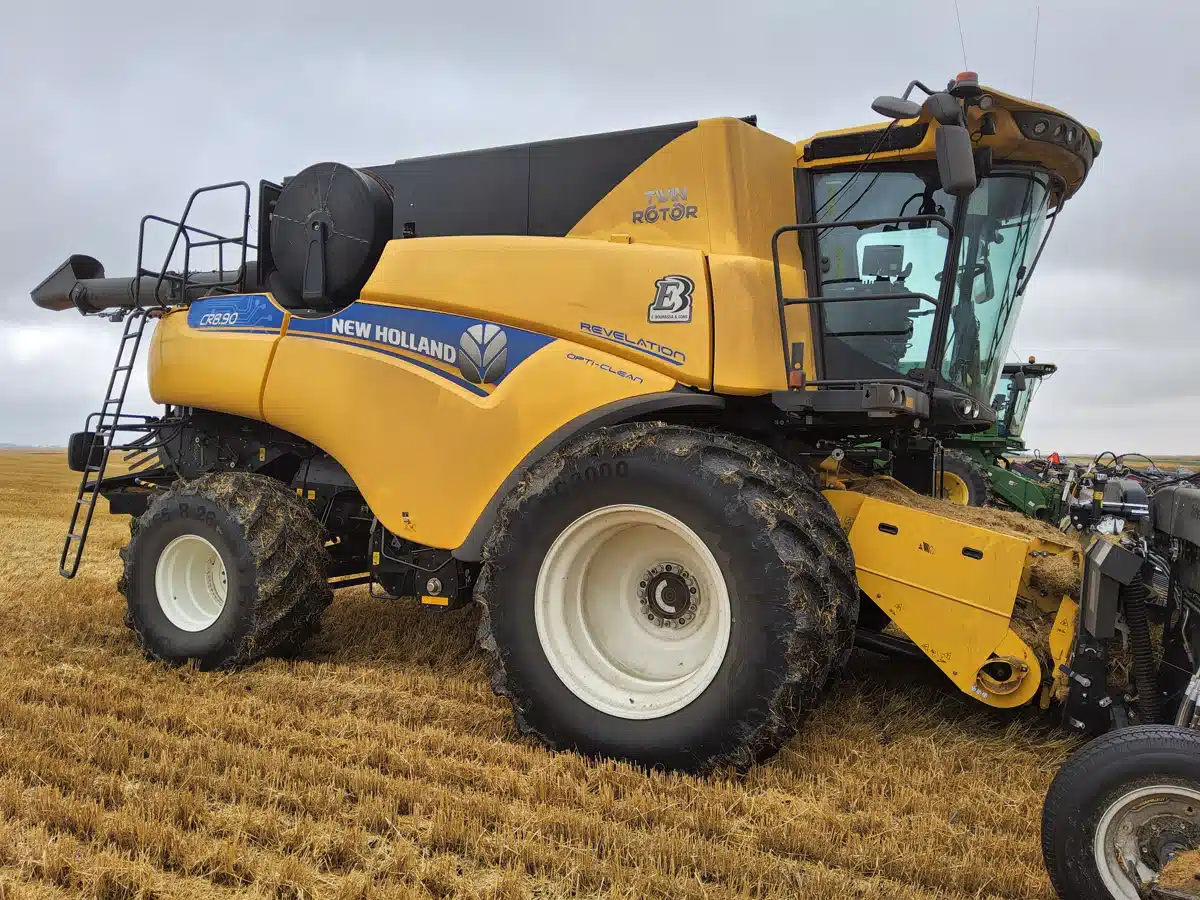A New Holland concept combine tested in Canada has won the top Agritechnica award ahead of this year’s event in November.
Taking the sole Gold Medal in the Innovation Awards, the combine is expected to be revealed at the Nov. 12-18 event, dubbed as the world’s biggest machinery show.
Geert Nerinckx, New Holland combine global product manager, said the new combine is bigger than what’s currently on the market.
“Our goal with this new combine was to bring down the total cost of harvesting for the customer, especially with regard to grain loss.
Read Also

Saskatchewan project sees intercrop, cover crop benefit
An Indigenous-led Living Lab has been researching regenerative techniques is encouraging producers to consider incorporating intercrops and cover crops with their rotations.
“I am just back from Canada where we had one of our machines running. This is a very important machine for farmers there because they are very interested in reducing loss from combines, particularly in higher value crops like canola, for example.
“Also they have a very restricted harvest window, so they are continuously looking for more productive combines that keeps the grain inside. Everybody accepts some grain loss behind the combine but what if you could bring it down close to zero?” he said.
He added the new unit will be fully automated, will have increased productivity and is 95 percent new. He expected its availability will be limited next year as more worldwide testing will be carried out.
In designing the latest combine, New Holland engineers searched for ways to improve threshing performance in an environment where combines were limited by their size, weight and dimensions.
Widening of the threshing channel presented the most effective design possibility that could boost performance, but that meant increasing the machine’s width, which is already encountering some legal transportation width limits and leading to manoeuvrability problems.
Increasing capacity through extending the threshing and separating sections or increasing drive outputs is difficult, because engineers must consider axle loads allowed on roads.
To counteract these issues, New Holland engineers have come up with this new CR twin axial rotor combine, that the company says can reduce crop loss to near zero.
The core element of the new CR combine harvester is the drive technology with an engine mounted lengthwise so that it spins in the same direction as the rotors.
The centrally located split-power gearbox drives rotors and harvesting headers with an intake chain in a straight line or via a propeller shaft. The left rotor serves as a counter shaft for the feed drum.
This combine’s propeller shaft is located on the right-hand side of the chassis, above the level of the rotor housing. There are no drives on either side of the chassis, and this space was used to increase the chassis and threshing channel.
The cleaning system has been made 13 percent wider, while pressure-sensor-supported control technology measures the ram pressure that crop distribution on the front and rear upper sieve.
To eliminate blockages, an automatic system performs the usual back and forth movements to loosen the blockage and slews the belt tensioner to the respective tensioning side of the feed drum belt, which leads to precise transfer of the rotary movement.
The system not only ensures consistent distribution of the material on the upper sieves on the flat and also on lateral slopes, but is also able, for the first time, to solve the basic lateral distribution problem typical of axial rotor combine harvesters.
The straw chopping and distribution system is equipped with camera-based control technology, which increases the combine’s energy efficiency while the machine’s weight has remained virtually unchanged.




















